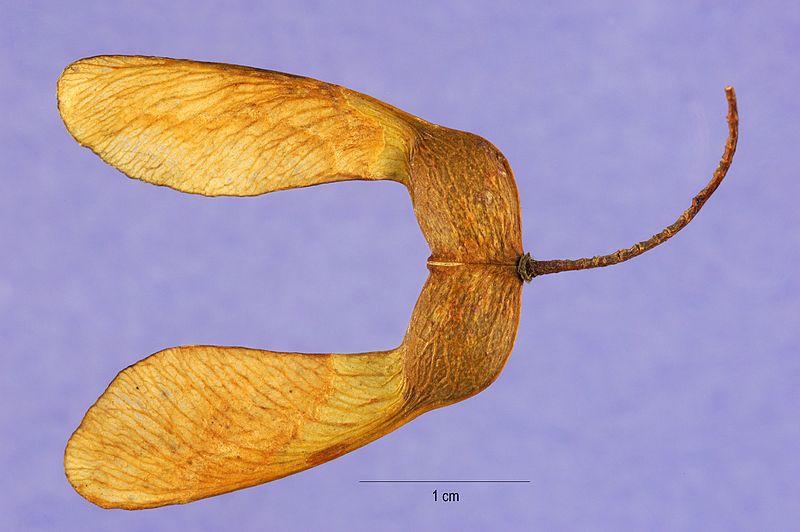LOCAL LINKS
Read LIFELINE
here (our village newsletter) and
the East Farleigh Grapevine!
West Farleigh Sports Club for football, cricket & great parties
All Saints church services...
...and hall for hire
Loads of useful contacts
Links along the valley: parishes, churches & halls
Follow us
on Facebook
Subscribe to our events email!
|
Kent Men of the Trees
The Men of the Trees is better known as the International Tree Foundation which was founded in the 1920s by Dr Sir Richard Barbe - affectionately known
The ITF sets out to conserve forests, trees, associated biodiversity and indigenous forestry knowledge and alleviate poverty through sustainable use of forests and forest products. At a local level it helps to preserve the rural landscape and promote an interest in the planting of native and new trees. They are very active at parish council level, being available to offer advice, and where necessary, pursue tree preservation orders. In our case this was applied to some venerable and splendid Sweet Chestnuts at Court Lodge.
The leading light in Kent was undoubtedly its charismatic president Dr Alan Griffiths who, Mick says, set a very high standard with his passion and encyclopaedic knowledge of trees. Currently Roy Hood is the local expert and probably the top tree authority in Kent. Mick is an accomplished joiner and a highly skilled wood turner and he has always had an abiding enthusiasm for the countryside and trees in particular.
He is a close friend of Frank Underdown and for many years the two of them were engaged by landowners to control the local rabbit and pigeon populations and they had free access to all the large estates in the parish such as Goodwin’s, Morlocks, Rookery/Norman and the Days, where many of the more interesting trees are to be found. Mick’s early mentor was the legendary Don Goodwin who helped him develop his knowledge and nurtured his desire to preserve the woodlands.
The Kent Men of the Trees competition has been run annually for over 40 years and there are a number of categories; Best Trees in the Village, Best First Entry, Highly Commended and so on. Over recent years, West Farleigh has scored six Highly Commendeds and received £30 vouchers to purchase more trees for the village.
These were an Acer rubrum, a Liquid Amber (a rare North East American tree also known as American Sweet Gum or Alligator Wood), a Sugar Maple, a Holm Oak (Holly Oak) and a Laburnum.
However, two were subject to “interference”. A complaint was made by a well meaning but uninformed member of the public about the alleged toxicity of the Laburnum seeds and the Acer enjoyed just two years of glorious, firey autumnal magnificence before being vandalised.
The Laburnum (Golden Chain) was replaced with a Rowan and a sympathetic donation for the Acer would be greatly appreciated and acknowledged by the parish council.
The competition is run on a village-to-village basis where Pat Wilkinson of the KMT Fellowship will organise which villages will be selected to judge one another. This happens in the Autumn – usually August or September when the trees are in their full majesty. Mick will be invited to show his appointed guest judge what we have to offer and Mick in turn will be sent to another village to judge their trees.
Mick says that the trees are found all around the parish and some of the best examples are a
In Mill Lane there are some very, very old Standard English Oaks, possibly 400 years old, but the exposed roots of one are being damaged by treasure hunters who favour it for secreting clues and other objects. Bruce Scott, parish council chairman has made his contribution by seeking professional help to tend to some excellent examples of London Plane, Lime and Redwood
Tutsham Hall’s grounds feature some beautiful and quite old Oaks and Horse Chestnuts, and the hard-working gardening enthusiast, Lesley Cushing, has planted some very old varieties of apples in her orchards. Crack Willows – a species of Salix used to make cricket bats, are to be found in Mill Lane looking toward the river and at Teston Bridge there is an eponymous Handel’s Oak which has been carbon dated to the great composer’s birth year. Insert London plane seed ball? The church obviously is the site of some very old but splendid Golden Yews leading to the doorway. And there’s the rather tatty, but loved Cedar of Lebanon.
There was a huge Atlantic Cedar which unfortunately needed to be removed by Mick, but coincidentally is the favourite tree of Mike Turnbull, the ITC chairman.
Not far from the church is Kettle Lane at the bottom of which is an exemplar and quite rare Black Poplar. This imposing tree sheds masses of fluffy white blossoms in the Spring, rather like a sprinkle of snow. This tree is a trump card Mick has played in the competition.
There is always a villain to this piece, however, and there are two that concern us.
One’s the dreaded Honey Fungus that has blighted many of the
Look out for part 2 where I will try to photograph the trees featured here and show where are to be seen - once I get a decent map of the parish.
Chris Stockwell. June 2012
|


 Sprightly Mick Merritt, 73-and-a-bit, a long-serving and well informed member of the West Farleigh Parish Council holds another less well known position of responsibility as that of the parish Tree Warden. Mick has been responsible for our local trees for over six years now and he pretty much knows the whereabouts of all the significant examples which contribute to the village’s entry to the annual Kent Men of the Trees competition.
Sprightly Mick Merritt, 73-and-a-bit, a long-serving and well informed member of the West Farleigh Parish Council holds another less well known position of responsibility as that of the parish Tree Warden. Mick has been responsible for our local trees for over six years now and he pretty much knows the whereabouts of all the significant examples which contribute to the village’s entry to the annual Kent Men of the Trees competition. as “St Barbe”, and the Patron is HRH the Prince of Wales.
as “St Barbe”, and the Patron is HRH the Prince of Wales.

 Gingko at Smith’s Croft (which is recovering well from an over enthusiastic pruning some years ago), Limes, Sweet Chestnuts, and Walnuts. A 30 metre tall Tulip Tree with its astounding and beautiful blossoms grace the front of Court Lodge and there’s a monster Copper Beech behind it; not to forget the 300 or so trees Hugh Evans planted 12 years ago.
Gingko at Smith’s Croft (which is recovering well from an over enthusiastic pruning some years ago), Limes, Sweet Chestnuts, and Walnuts. A 30 metre tall Tulip Tree with its astounding and beautiful blossoms grace the front of Court Lodge and there’s a monster Copper Beech behind it; not to forget the 300 or so trees Hugh Evans planted 12 years ago. trees.
trees.
 And then there’s the extensive and quite astonishing collection of some 3,000 trees planted by Stephen Norman. The trees are all native to North American and planted to commemorate the 9/11 atrocity. There are many varieties, some planted in blocks, others as specimens. The list is exhaustive and includes some very interesting and unusual types. The following give you a flavour;
And then there’s the extensive and quite astonishing collection of some 3,000 trees planted by Stephen Norman. The trees are all native to North American and planted to commemorate the 9/11 atrocity. There are many varieties, some planted in blocks, others as specimens. The list is exhaustive and includes some very interesting and unusual types. The following give you a flavour;  Tulip Tree, Tree of Heaven, Strawberry Tree, the cool Cucumbertree (its one word), a Paw Paw Tree, the big-leaved Tennessee Coffee Tree, the intriguing Handkerchief Tree, a Hop Tree and many species of Oaks, Cherries and Haws.
Tulip Tree, Tree of Heaven, Strawberry Tree, the cool Cucumbertree (its one word), a Paw Paw Tree, the big-leaved Tennessee Coffee Tree, the intriguing Handkerchief Tree, a Hop Tree and many species of Oaks, Cherries and Haws.
 parish’s Horse Chestnuts starting at the roots and causing the leaves to shrivel and drop off prematurely affecting the tree’s growth, and another is the Leaf Mite which targets Beech trees.
parish’s Horse Chestnuts starting at the roots and causing the leaves to shrivel and drop off prematurely affecting the tree’s growth, and another is the Leaf Mite which targets Beech trees.




